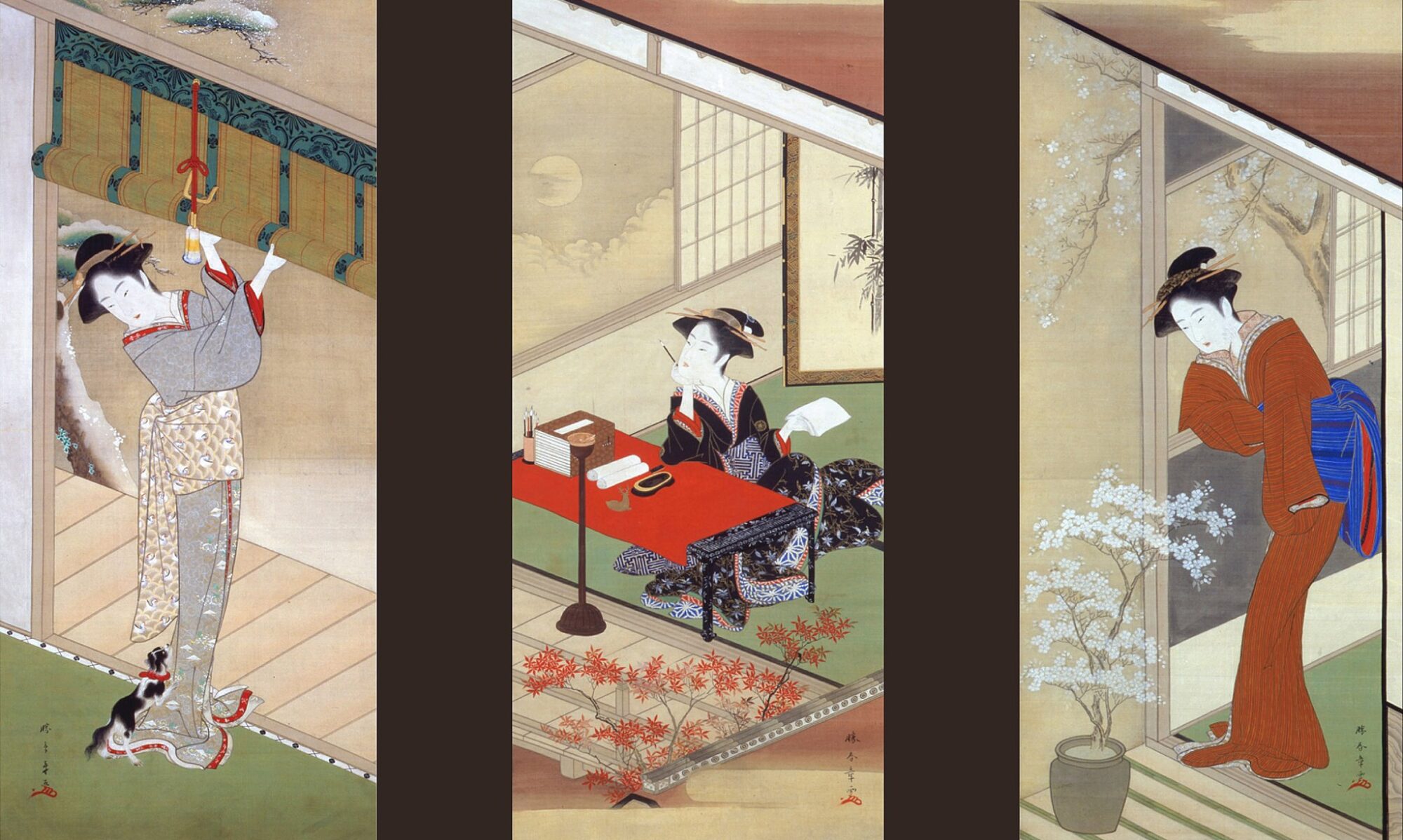Once again I am watching Top Gear while photoshopping old images from Les Modes that I found in the Bibliothèque Nationale de France. It’s all about fast cars and beautiful clothes that I can’t own.
But a girl can dream…
Susanna’s note: I love the above dress.
Susanna’s note: I want that bracelet!
I’m not sure the following dress is from 1902, but I found it with the above images and it’s so gorgeous that I had to include it.





















